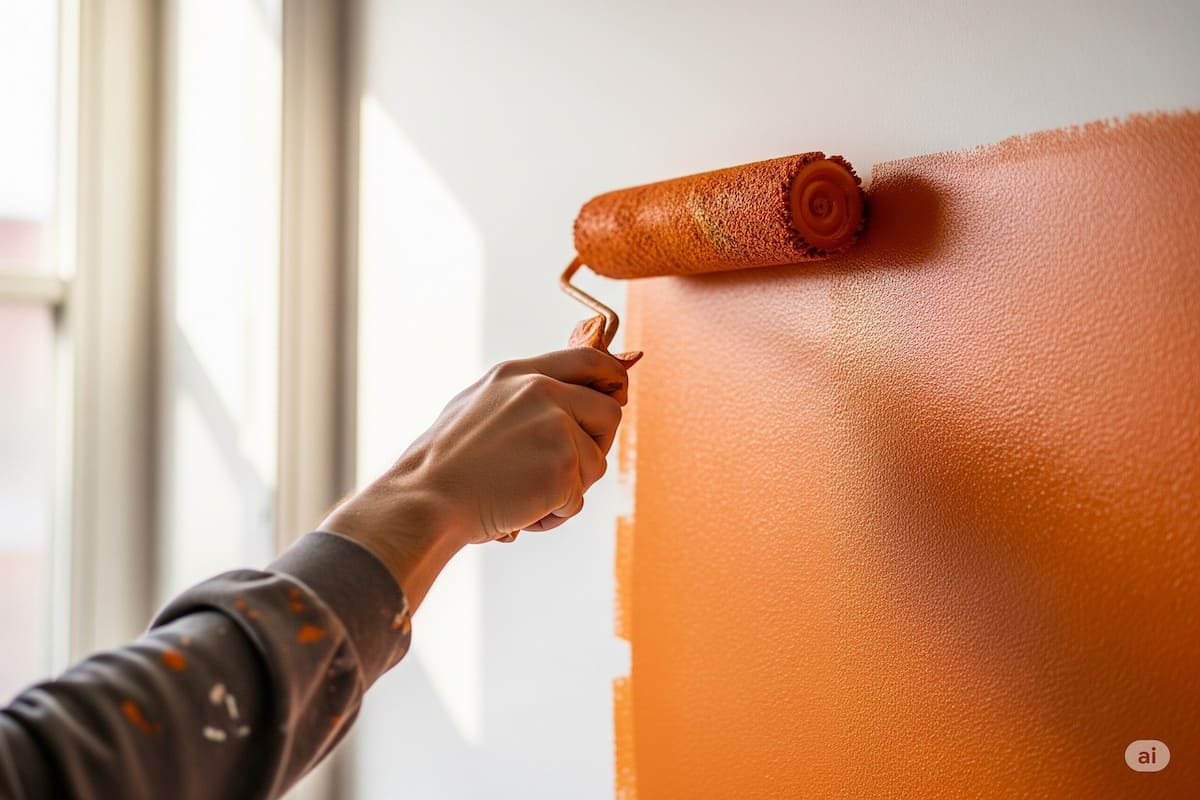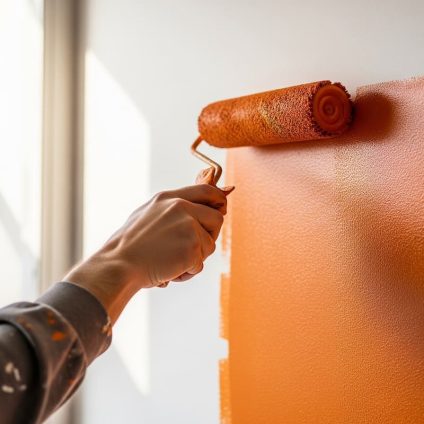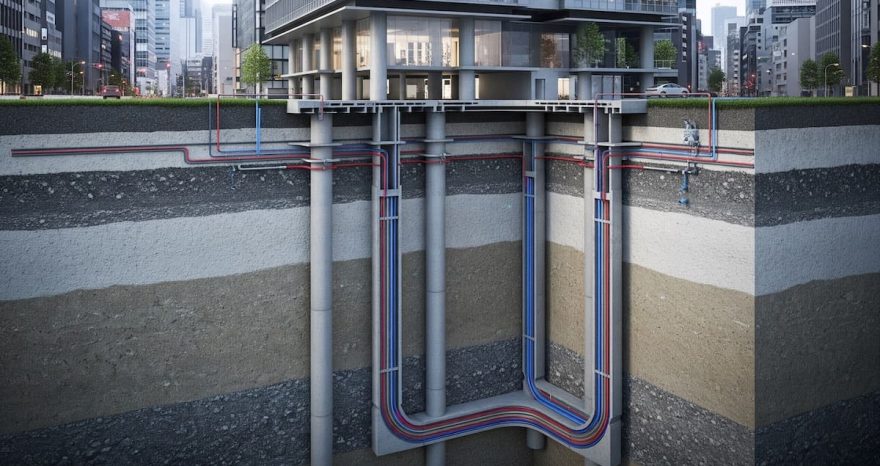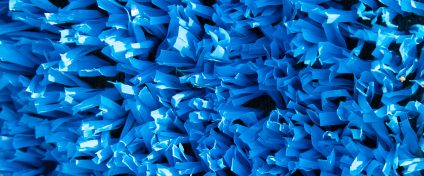A cutting-edge graphene paint is turning walls into low-energy radiant heaters, offering an alternative to traditional radiators and heat pumps.

How graphene paint works
It only takes a single coat of paint to revolutionize a home’s heating system. This isn’t science fiction, but advanced materials science.
The innovation lies in a patented graphene-based paint that heats indoor spaces while reducing energy use by an average of 40% compared to conventional radiators. It also rivals heat pumps in efficiency and operating costs.
The patent comes from BeDimensional Spa, an Italian company specializing in two-dimensional materials. The technology, validated by researchers at the University of Genoa through the BuildTech srl spin-off, enables a new generation of electric heating systems that are thin, low-energy, and visually discreet.
This special graphene paint is applied like any standard coating to walls, ceilings, or building panels, from drywall to sandwich panels, and, once connected to simple copper electrodes, it generates heat through the Joule effect.
This radiation doesn’t warm the air but heats up objects and the human body directly. The result is silent, uniform, and immediate thermal comfort without air stratification.
Lab tests have confirmed the system’s key performance metrics:
- Surface temperatures up to 230°F (110°C)
- Average energy consumption of just 35 W/m²
- 40% lower energy use than traditional radiators
- Higher efficiency than floor heating systems powered by heat pumps
These results show that the graphene-based system offers improved energy efficiency, lower annual operating costs, no maintenance requirements, and enhanced comfort through direct surface heating.
Benefits and applications
Beyond energy savings, graphene paint offers tangible advantages in both residential and commercial settings.
Its flexibility makes it ideal for new construction, retrofits, and prefab buildings. It can be installed without major renovations or invasive structural work.
Without the need for radiators, pipes, or mechanical units, rooms become quieter and more aesthetically open, giving designers more freedom in space planning.
At the same time, direct surface heating reduces condensation and mold, especially in high-moisture areas like bathrooms, kitchens, and basements.
From an operational standpoint, graphene paint offers faster installation and requires no regular maintenance. This results in lower total costs, benefiting both occupant health and household budgets.
Its modular nature and compatibility with a variety of building materials also make it attractive for commercial and industrial applications, opening new market opportunities for manufacturers of coatings, construction materials, and HVAC systems.












